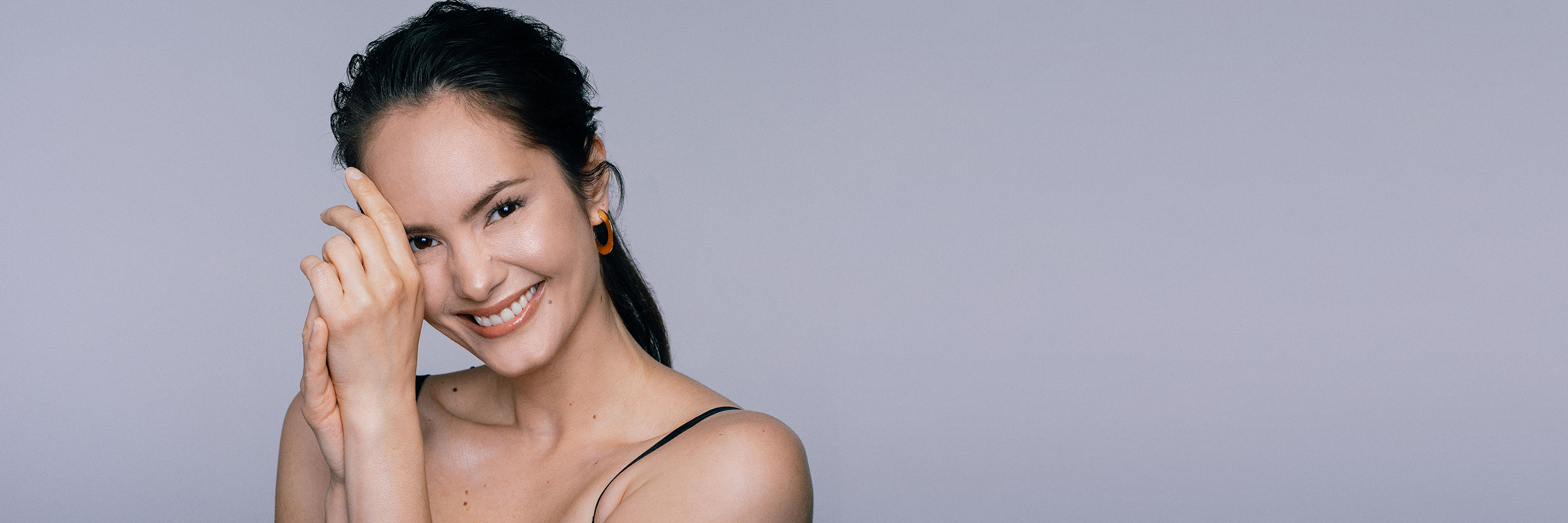
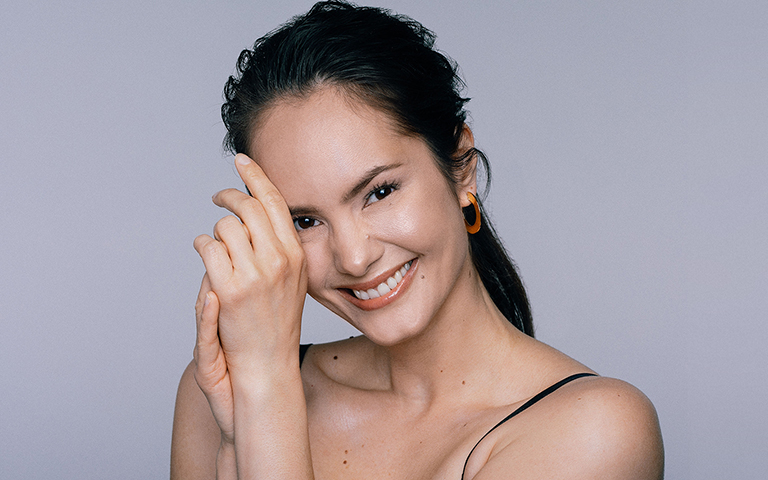
Non-Surgical Procedures

As we age, our facial support structure weakens and we begin to lose a lot of facial volume. This, paired with gravity pulling the facial structures down, results in the development of jowling, periorbital hollowness, laugh lines as well as marionette lines.
The non-surgical thread lift, also known as a thread facelift, is an effective way to lift loose skin without having the need for surgery.
The non-surgical thread lift is a procedure in which threads are inserted just below the surface of the skin in order to lift and strategically reposition the skin. Because the threads are a foreign element that your body doesn’t recognize, they stimulate a wound-healing response, which in turn promotes the natural production of collagen, elastin, and binding tissue. The natural production of these regenerative elements are what allow your own body to maintain the results of your thread lift.
At The Plastic Surgery Clinic and MD Beauty Clinic we exclusively use InstaLift threads typically used for surgical stitching. These threads are dissolvable, they are naturally absorbed by your body about 6-9 months following your non-surgical thread lift. The InstaLift is also a Health Canada-approved thread lifting treatment.
The InstaLift uses softer threads made out of poly-L-lactic acid (PLLA) that use tiny bi-directional cones to lift the skin. The InstaLift typically provides subtler results as the the threads provide less lift. However, they stimulate more collagen production over time, meaning that the treatment can offer longer-lasting results.
Threads can address most areas of the face such as the cheeks, jowls, neck, eyebrows, jawline, areas under the eyes and around the nose, crow’s feet, and marionette lines. They can also be used to lift the tip of the nose as well as to give the nose an overall smoother and straighter appearance with the thread lift nose job.
The non-surgical thread lift treatment can take anywhere from 45 minutes to 1 hour. We will first administer a local anesthetic to the areas being treated, so that you feel no discomfort.
Your provider will then insert the threads just below the surface of the skin with a fine needle or cannula. Once in, the threads will be manipulated in such a way so as to tighten, lift, as well as position the tissue to address your needs and give you the best and most natural-looking result. Patients describe the sensation during this part of the treatment as being a bit strange but not painful.
Following your non-surgical thread lift procedure you can expect to have some bruising, swelling, and soreness in the treated areas. Your skin may also feel tight. You’ll need to give yourself about 2-3 weeks for all tenderness to fully subside and for everything to heal.
You may also see some dimpling, in other words, the skin may not appear as smooth as you would expect it to be immediately following treatment. This is completely normal and will improve on its own over the next 2-3 weeks. You may even hear what has been described as a “pop” under your skin, this would be a result of the threads being embedded in your tissue.
Extra strength Tylenol and icing the treated area for about 2-3 days following your thread lift will help to minimize any soreness or discomfort, as well as swelling or bruising.
You’ll need to take care not to put any pressure on your face for about 2-3 weeks following your treatment. You’ll also need to avoid strenuous exercise and excessive sweating, the sun, dental appointments, and extreme facial expressions for about 2-3 weeks.
The non-surgical thread lift is not a replacement for neurotoxins and fillers. They’re another means of achieving facial rejuvenation and preventing sagging all while delaying the need for a surgical facelift. Some patients will require the volume that can be mainly achieved with dermal fillers. Others may require wrinkles to be softened with the use of neurotoxins.
An ideal patient for a non-surgical thread lift would be someone between 40 to 55 years of age with moderate laxity of the cheeks and chin, as well as with well-developed but drooping malar pads. These patients are typically not interested in a more invasive surgical procedure.
The price of a non-surgical thread lift is dependent on the area that is being treated. Typically the cost ranges between $1500 – $3000. Most individuals will need 1-2 treatments to start spaced 1 month apart. These would then be followed by yearly maintenance treatments. You will receive a firm quote during your complimentary consultation.
The threads that we use at The Plastic Surgery Clinic and MD Beauty Clinic can last anywhere from 6-9 months, depending on a variety of factors such as their thickness and how quickly your body metabolizes them. However, because the threads stimulate the natural production of collagen, elastin, and binding tissue in your body, the results of your non-surgical thread lift will last for months after your threads dissolve. In other words, your result will last for about a year if not a little longer.
InstaLift results can last anywhere from 18 months to 3 years, due to the amount of collagen that the treatment stimulates into production in the body.
To find out more, please contact us by phone or e-mail or by filling out the Request for Information form below.
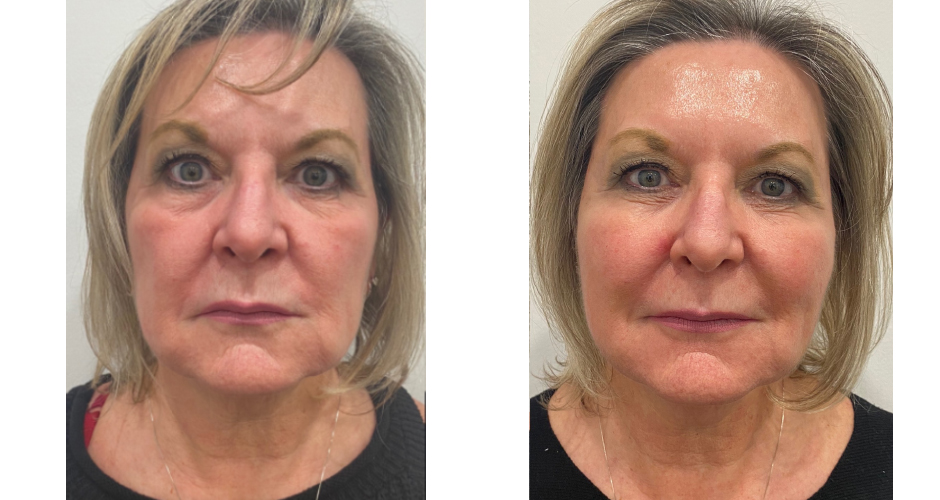
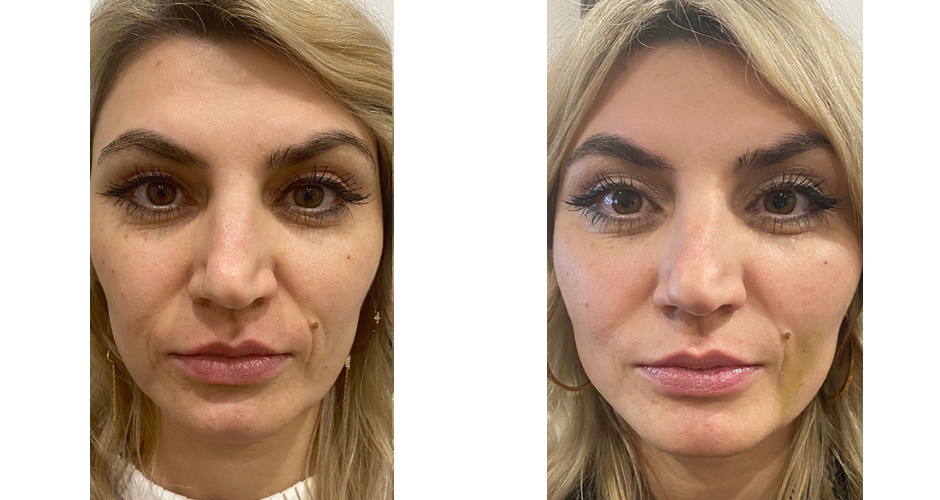
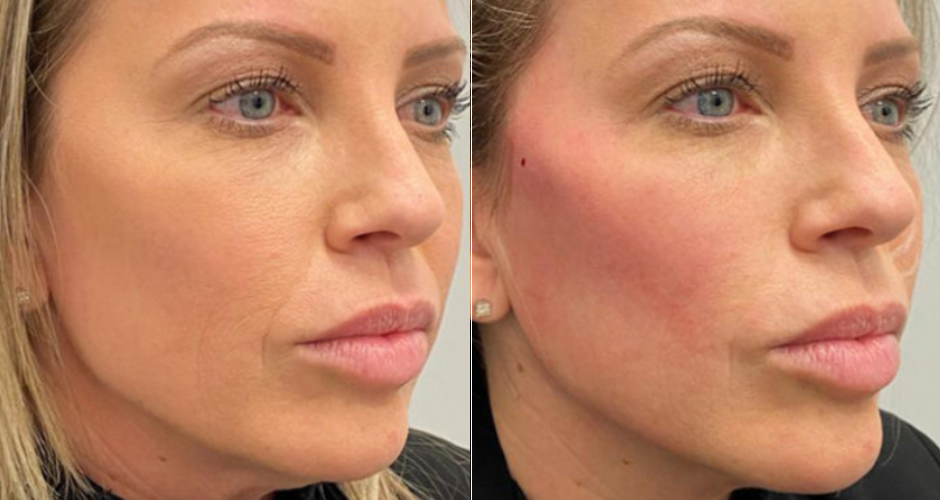
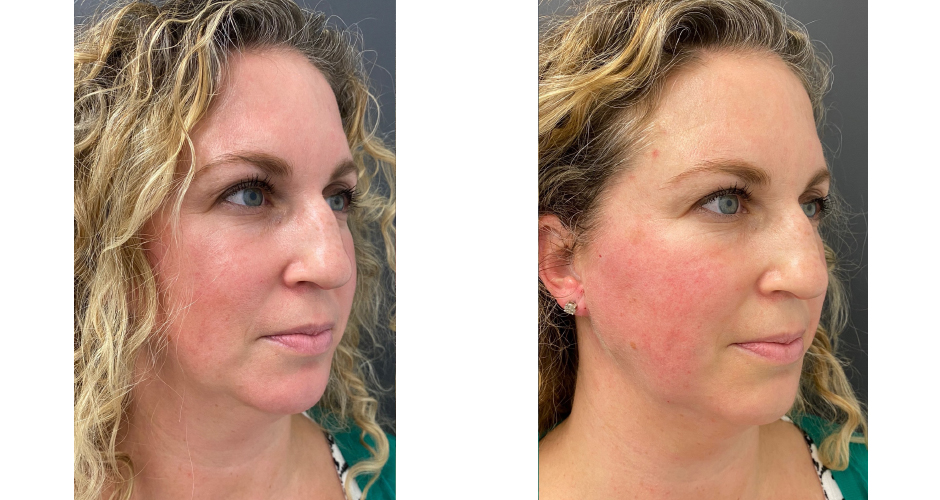
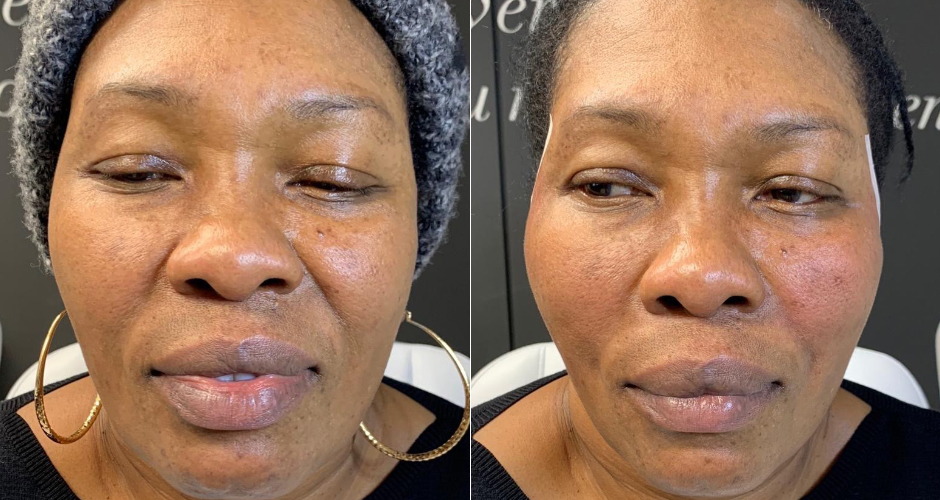
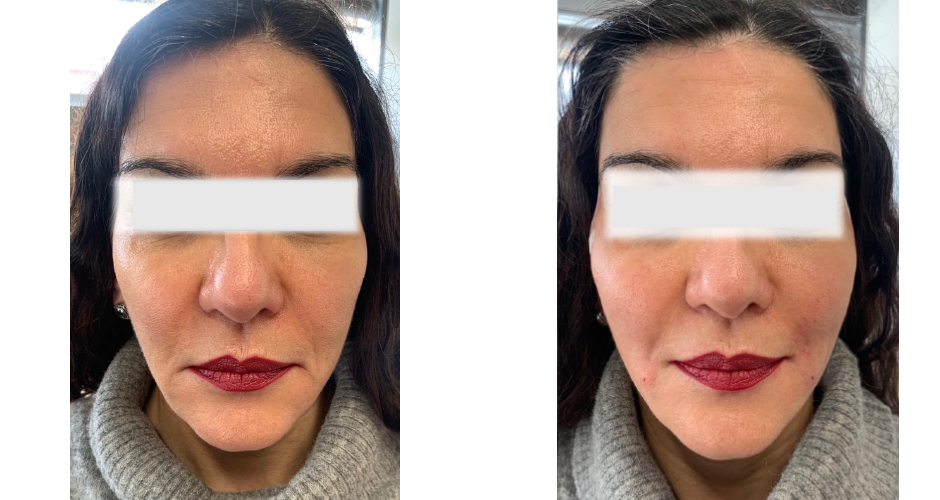
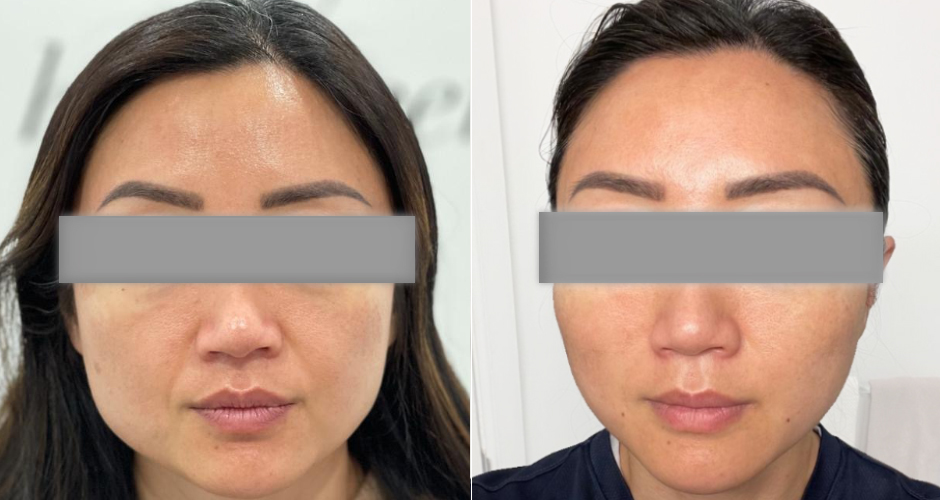
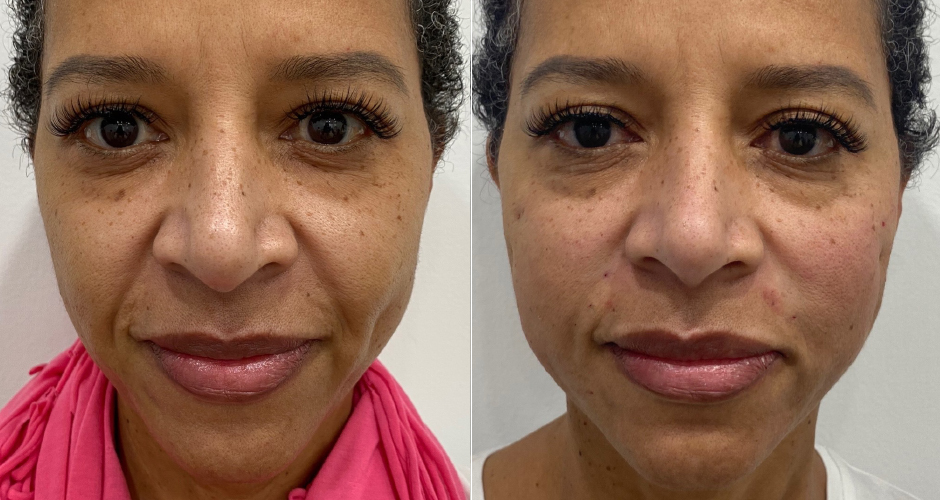
The following images are presented for educational purposes only and should be interpreted subjectively. They do not represent the opinion or view of any patient regarding their result, and they are not intended to suggest the result that may be achieved by any other patient. The images are presented as factual guidelines and merely represent results that have been achieved by others. No two patients are alike and no two results are necessarily alike. Only a personal consultation with your surgeon can provide you with a reasonable expectation of the results you may achieve from any specific procedure.
Browse our collection of videos for an insider's look at this procedure and others we perform.
Watch the VideosExplore our photo collections to see actual results we have achieved at The Plastic Surgery Clinic.
See the Results
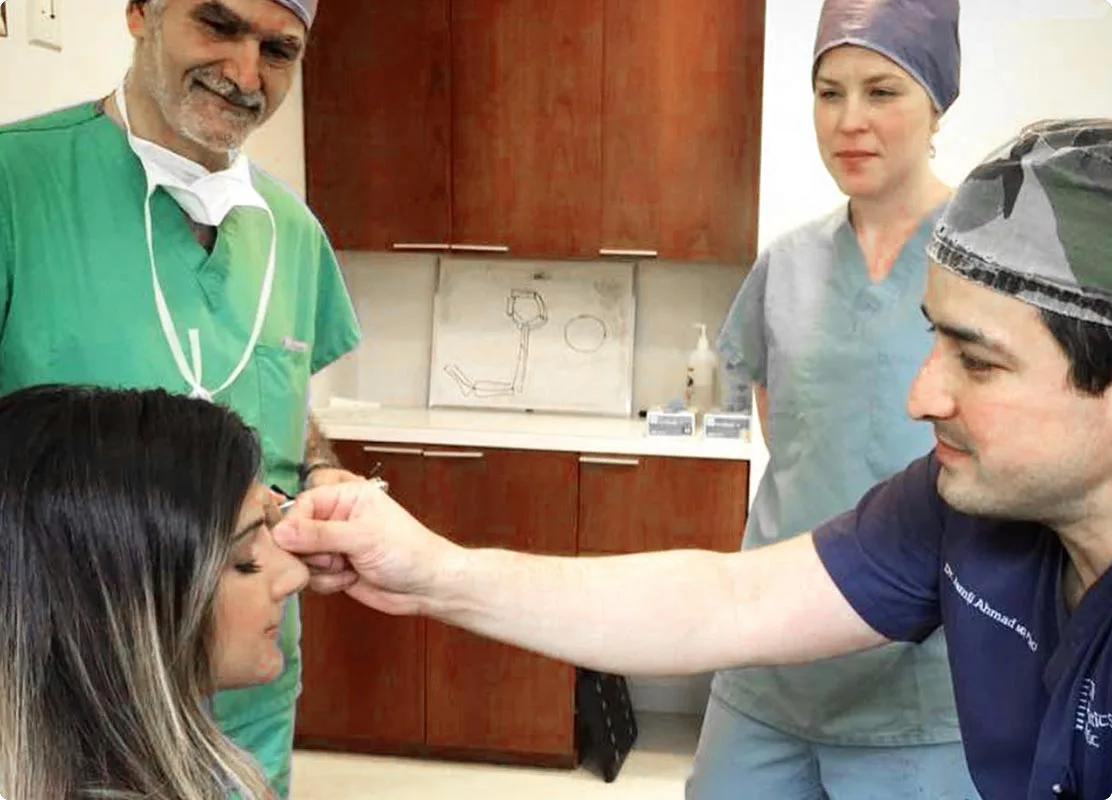
Consultations are always free. This is our opportunity to get to know you and your vision. And then share with you our expertise and recommendations based on 30+ years of experience, and thousands of satisfied patients.

My overall experience has been nothing less than beyond exceptional! [The PSC] made me feel confident and comfortable from start to finish…
Via RATEMDS.
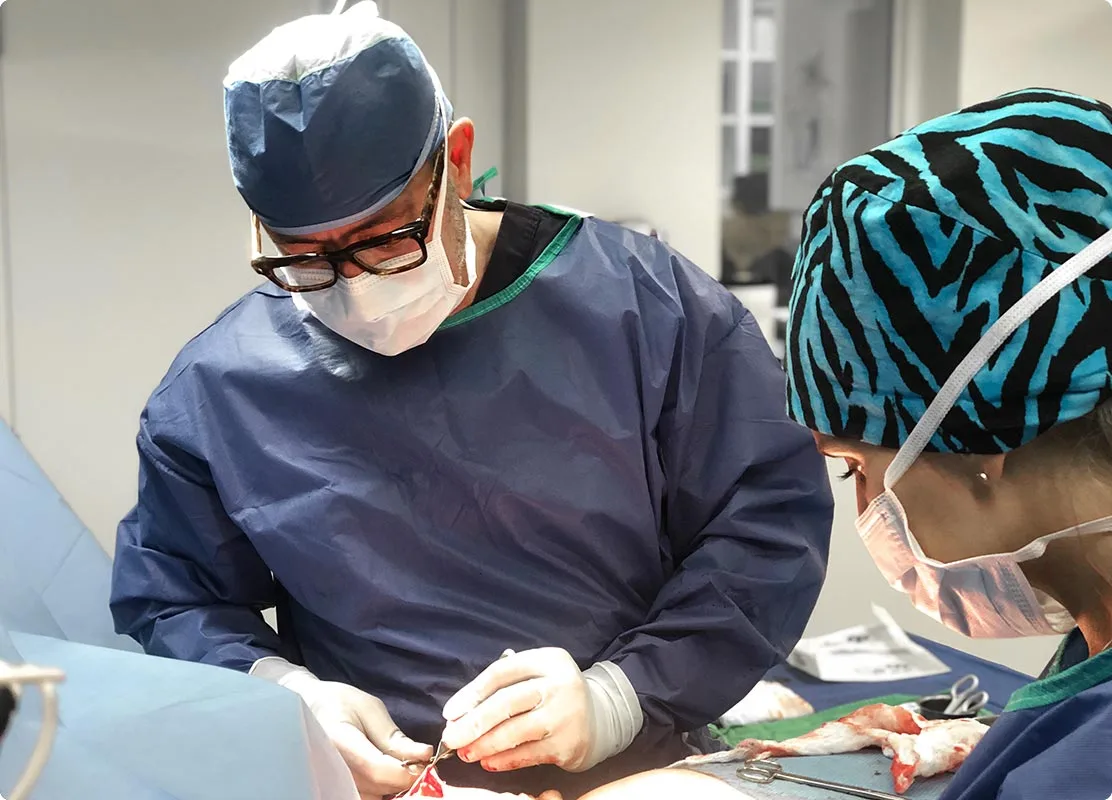
You’ll arrive on the day of surgery fully prepared and confident in your outcome, because your surgeon is internationally recognized as a leader in their field. You will wake up slightly groggy and a bit uncomfortable, and head home soon after.

My overall experience has been nothing less than beyond exceptional! [The PSC] made me feel confident and comfortable from start to finish…
Via RATEMDS.
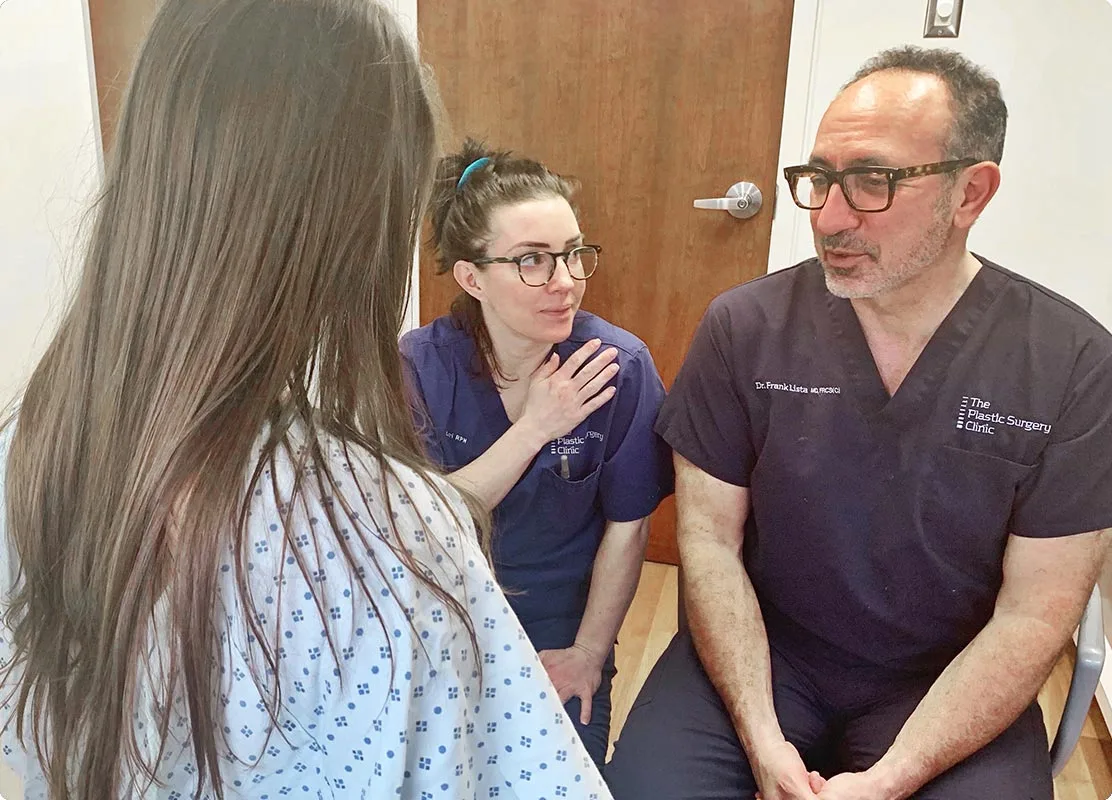
We see every patient the day after surgery. Most find their discomfort extremely manageable, thanks to the pain relief pump. Our post-op nurse will walk you through every step of your recovery and answer all your questions.

My overall experience has been nothing less than beyond exceptional! [The PSC] made me feel confident and comfortable from start to finish…
Via RATEMDS.
You and your surgeon will customize a plan to meet your needs and desired outcome.
All surgeries are day surgeries, done under general anesthetic at our private hospital.
We see you the very next day, ensuring optimal recovery and happiness with your result.
Did we answer all your questions? Our goal is to ensure you have the best information possible to make your decision. If you still have questions, we’re here to help.
 Email Us
Email Us